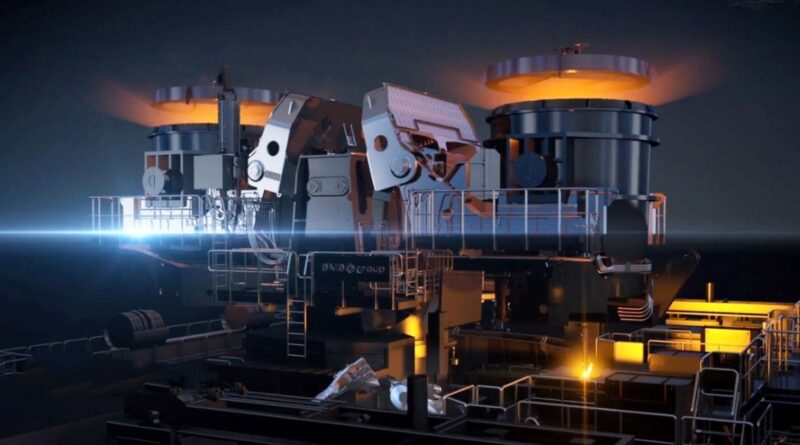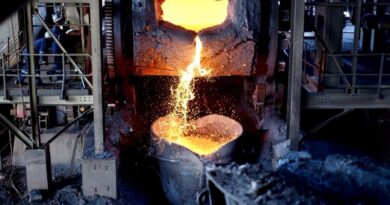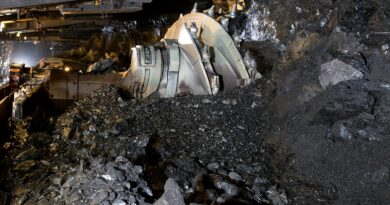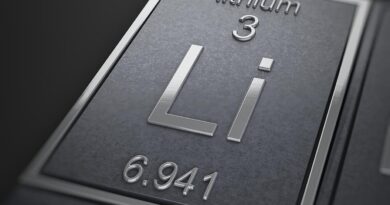US steel maker to reduce greenhouse gas emissions
US steel maker Nucor Corporation announced comprehensive greenhouse gas emissions reduction strategies that will lower its GHG emissions intensity of steel mills to 77% less than today’s global average.
While we are already among the leading steel companies in our existing carbon footprint, Nucor is committed to an additional 35% combined reduction in the Scope 1 and Scope 2 GHG emissions intensity of its steel mills by 2030.
This commitment will be measured against a 2015 baseline, the year the Paris Climate Agreement was adopted. Nucor will also continue to report and reduce its Scope 3 GHG emissions associated with raw materials. Beyond 2030, Nucor is committed to further reducing its GHG emissions to a goal of net zero emission steel at scale.
Nucor is adopting a multi-pronged approach to reducing its steel mill GHG emissions. By actively supporting the development of new renewable energy sources, Nucor is helping to accelerate the transition of the domestic power grid to a more sustainable, lower carbon future. Last year, Nucor was the 7th largest corporate buyer of renewable energy in the United States.
As part of this transition, Nucor will also implement new energy efficiency projects, pursue carbon capture and storage, and explore ways to further reduce the greenhouse gas emissions associated with its raw materials mix.
Nucor’s plate steel mill in Brandenburg, Kentucky, will be one of only a few mills in the world capable of supporting the offshore wind market’s towers and foundations. The Company also recently announced a tube mill project in Kentucky that will supply galvanized solar torque tube to the nation’s expanding solar energy markets.
Furthermore, Nucor is investing to produce 3rd Generation Advanced High-Strength Steel products that will allow vehicles to meet stricter mileage standards and reduce their life cycle emissions. Until recently, AHSS products were only made by higher emissions blast furnaces. AHSS-intensive vehicles also have lower life cycle GHG emissions than aluminum-intensive vehicles for every class of vehicle tested.
By making 100% of its steel in recycled scrap-based EAFs, Nucor already produces steel with less than half the GHG emissions per ton when measured against the Paris Climate Agreement’s most aggressive 2030 GHG intensity targets established by the Transition Pathways Initiativefor the steel sector.
At the moment, Nucor’s GHG emissions are just 0.47 tons of CO2 per ton of steel. This compares to a global average of 1.69 and an integrated steelmaking average of 2.15. By 2030, Nucor’s steel mill GHG emission intensity will be 0.38 tons of CO2 per ton of steel.




